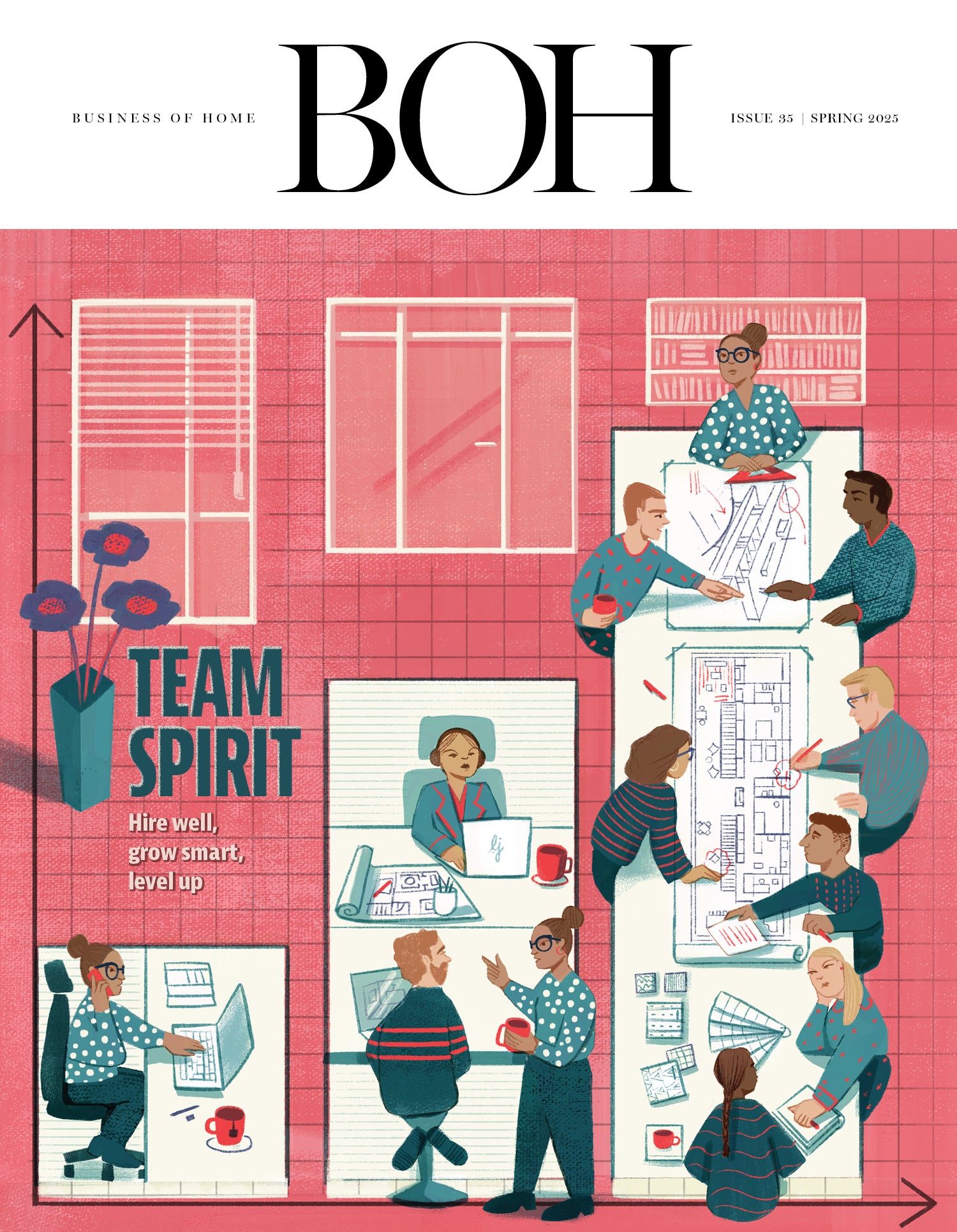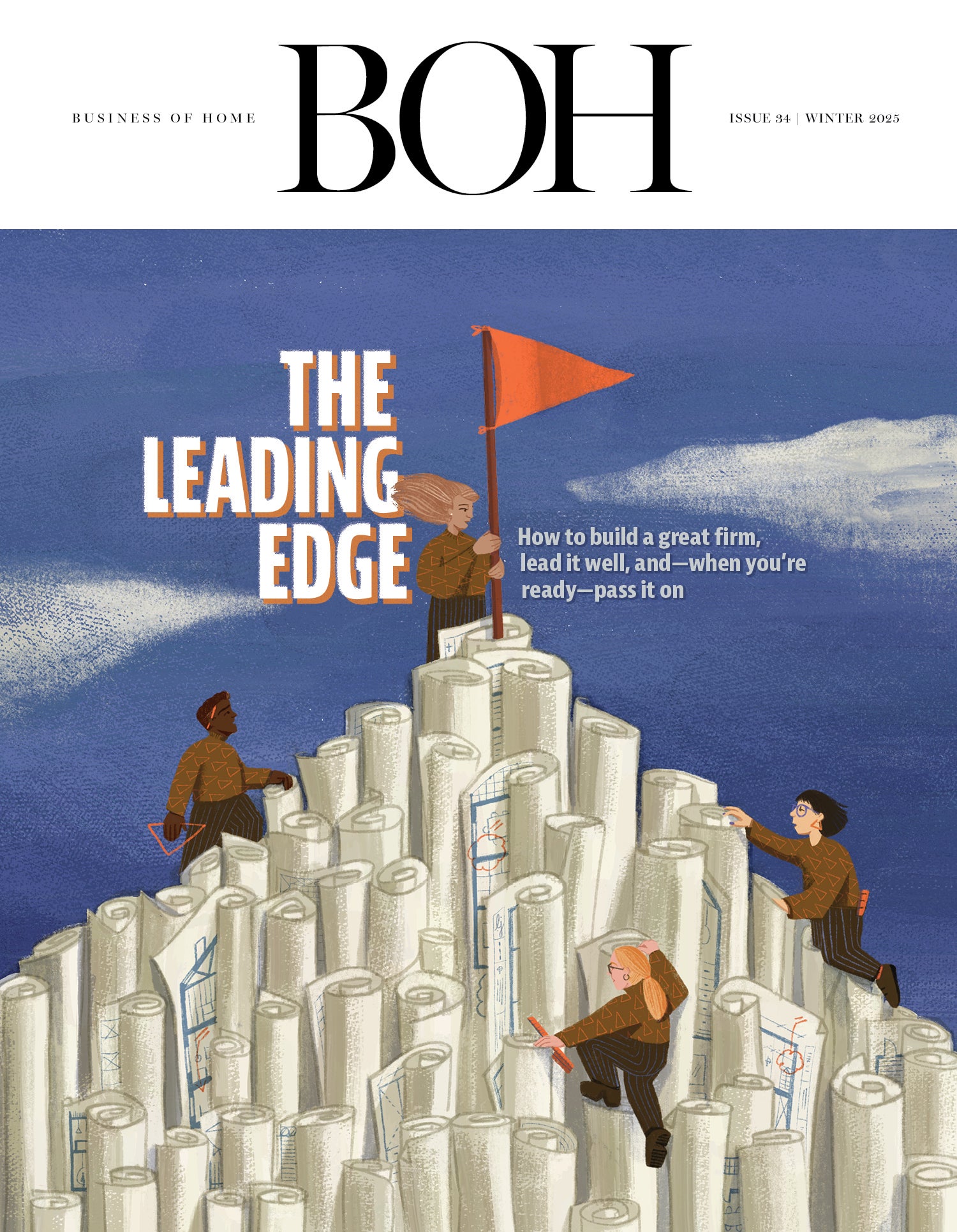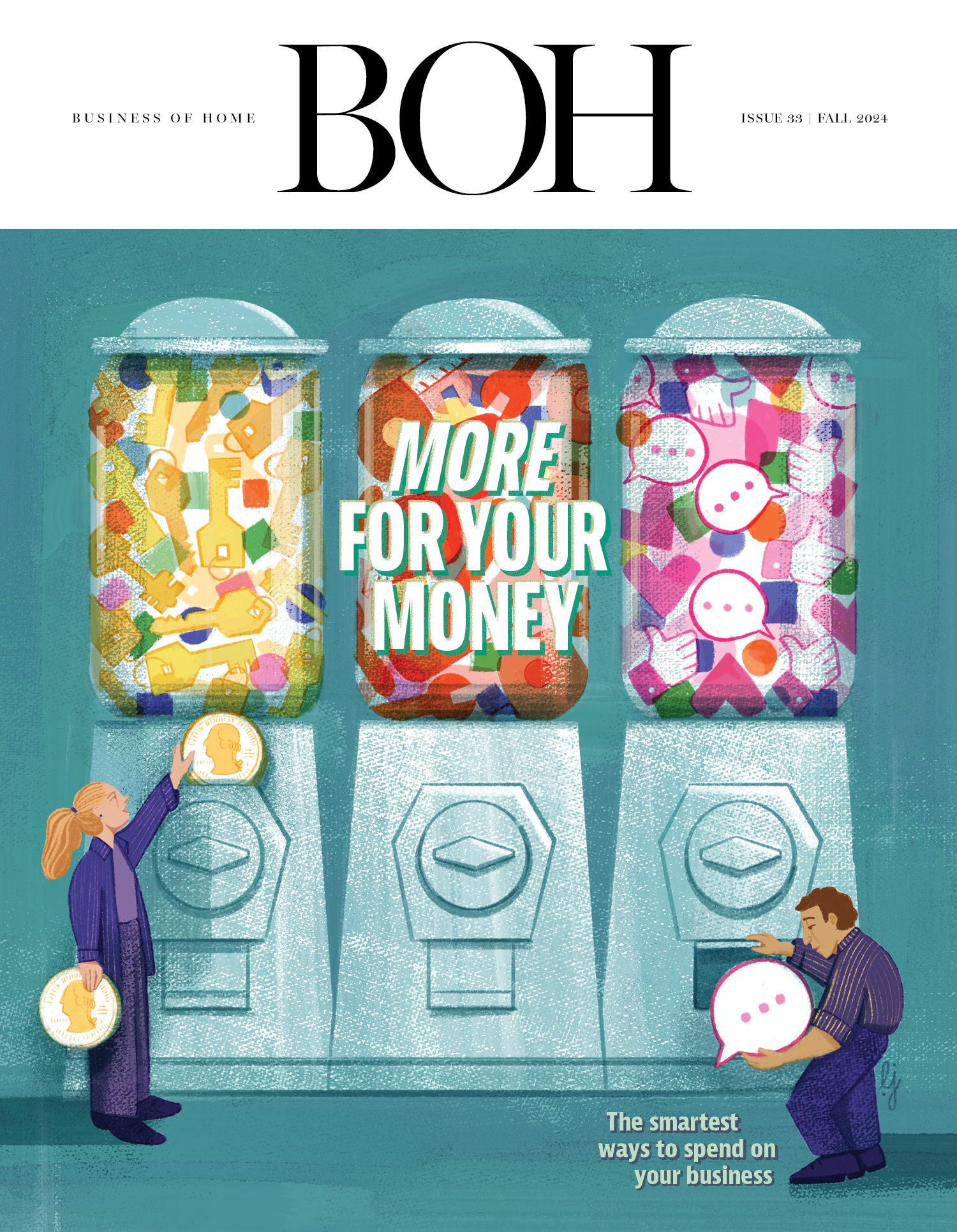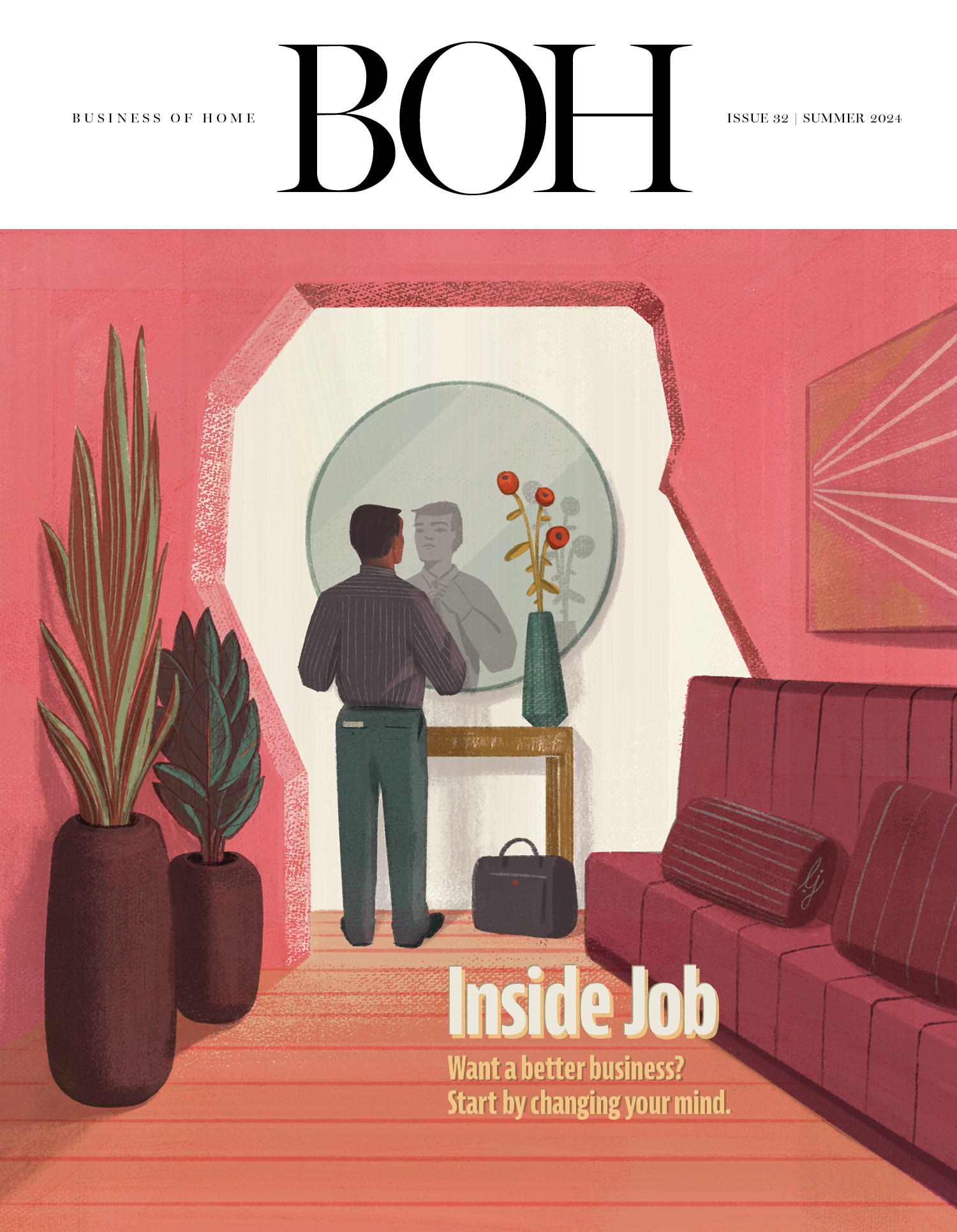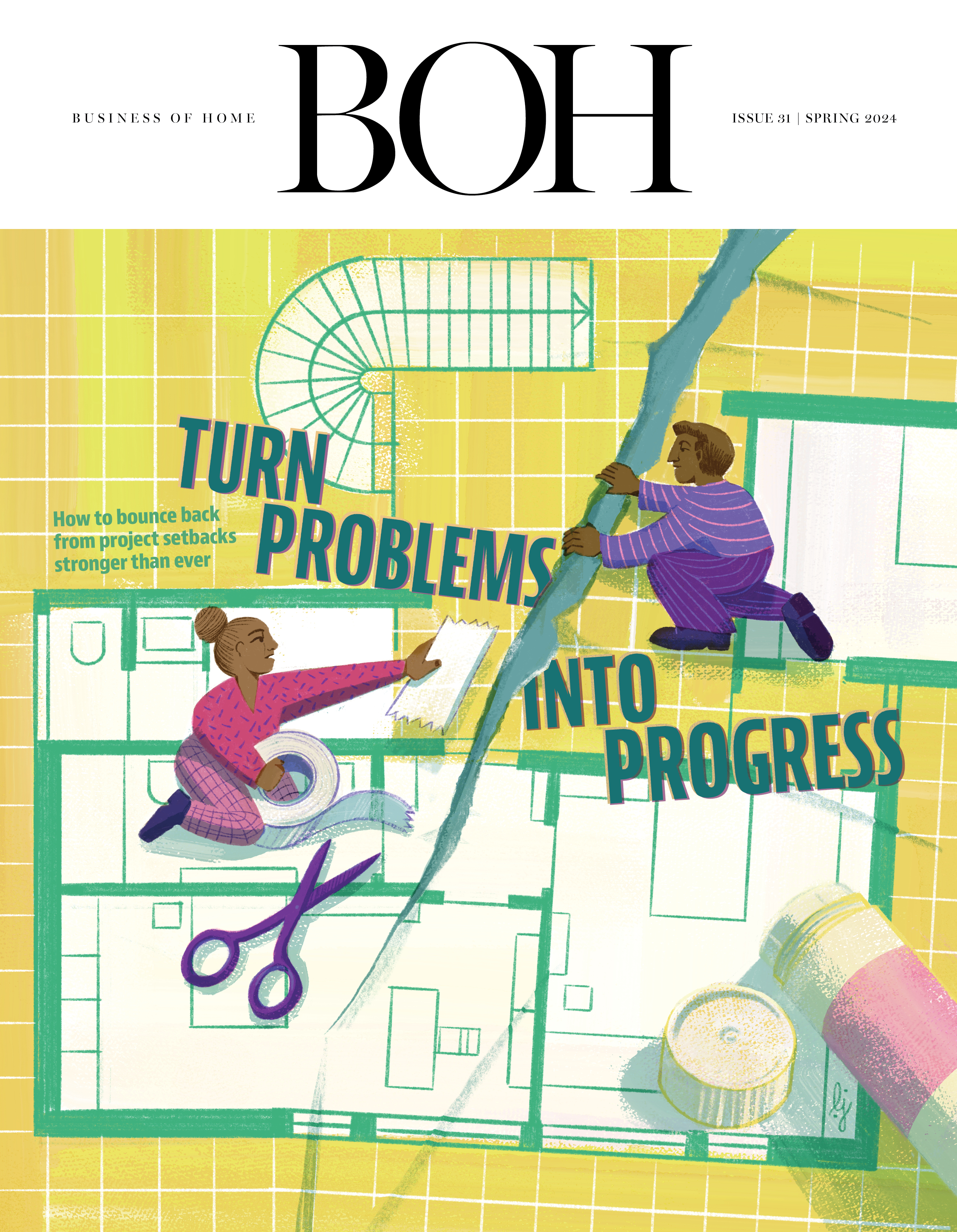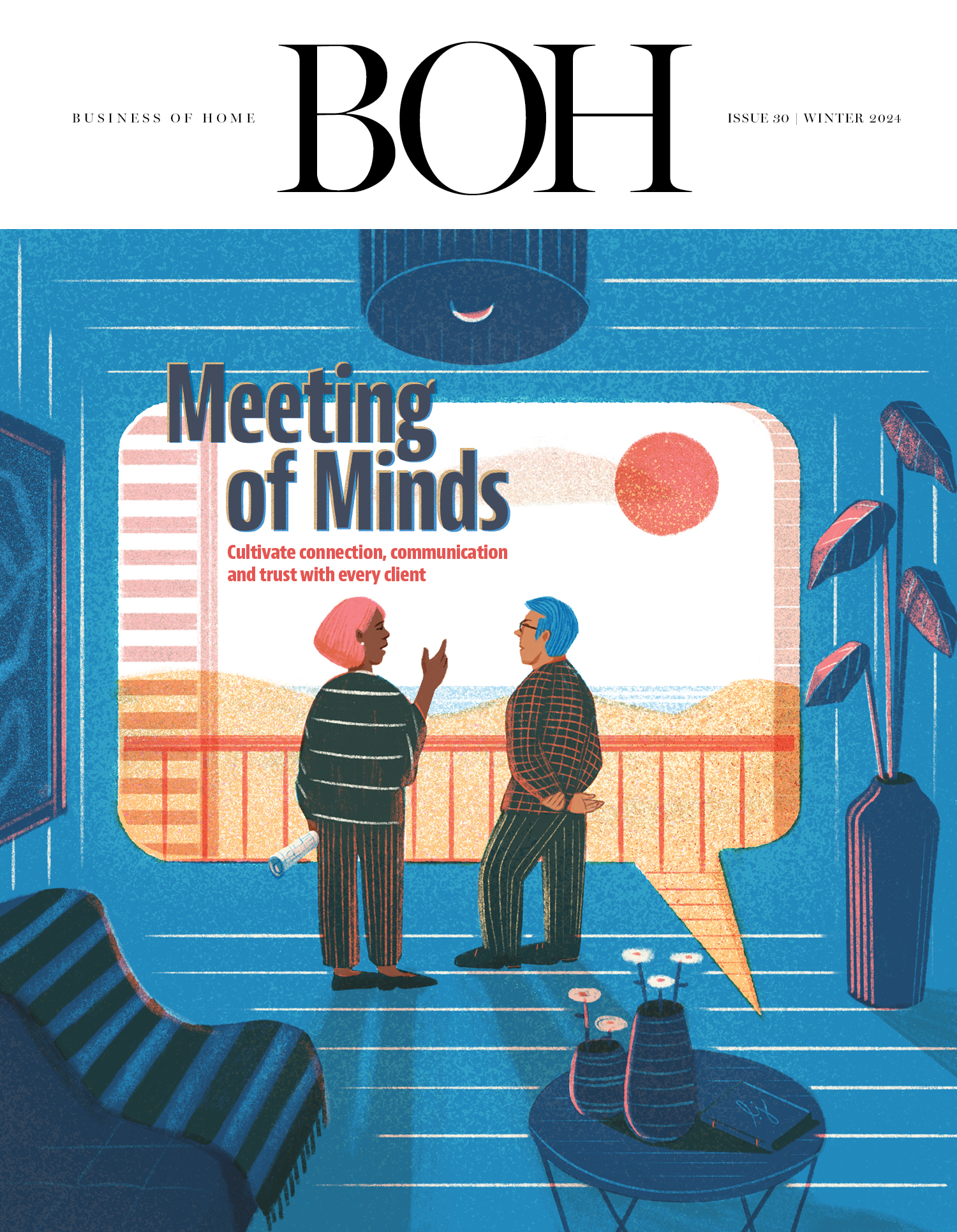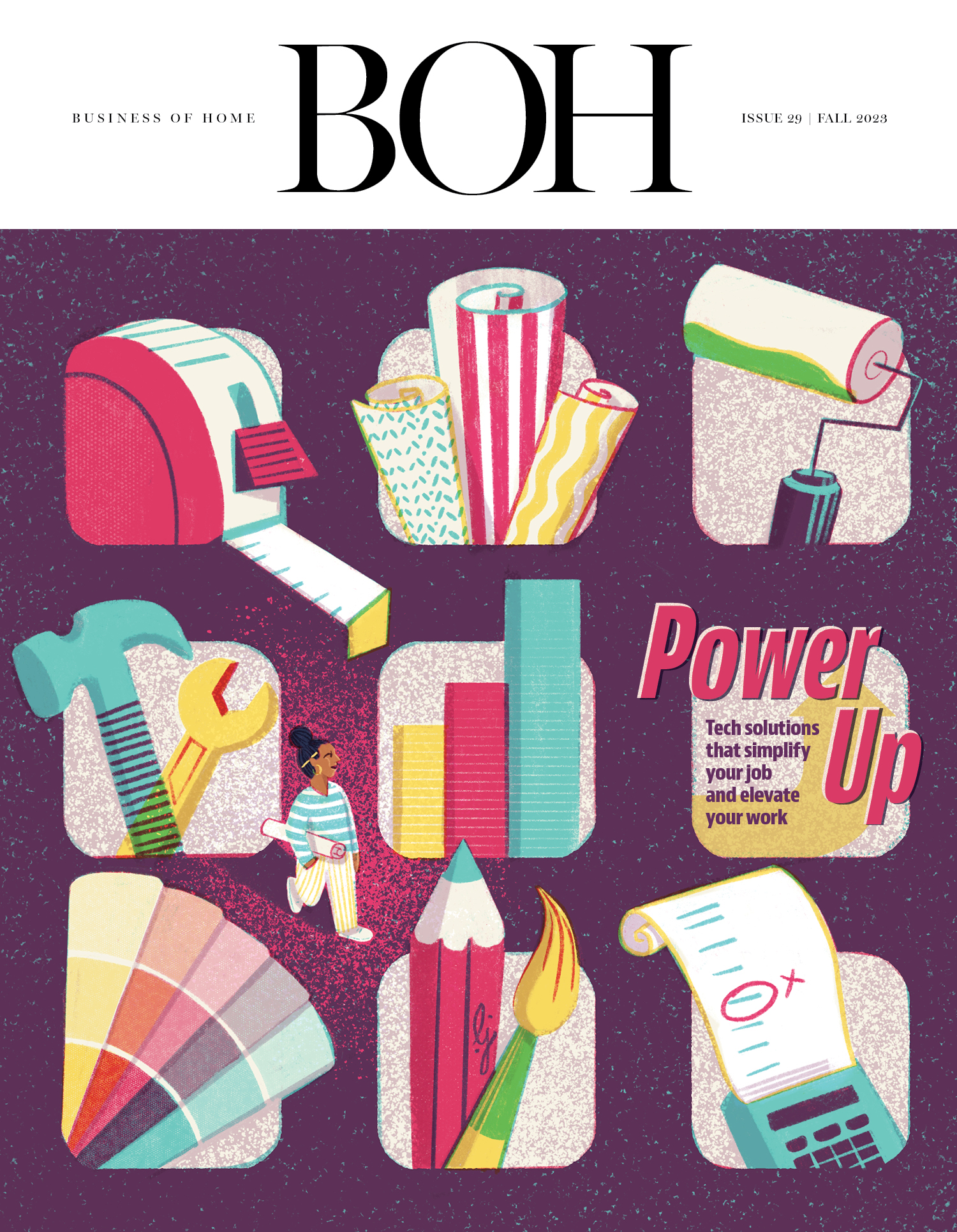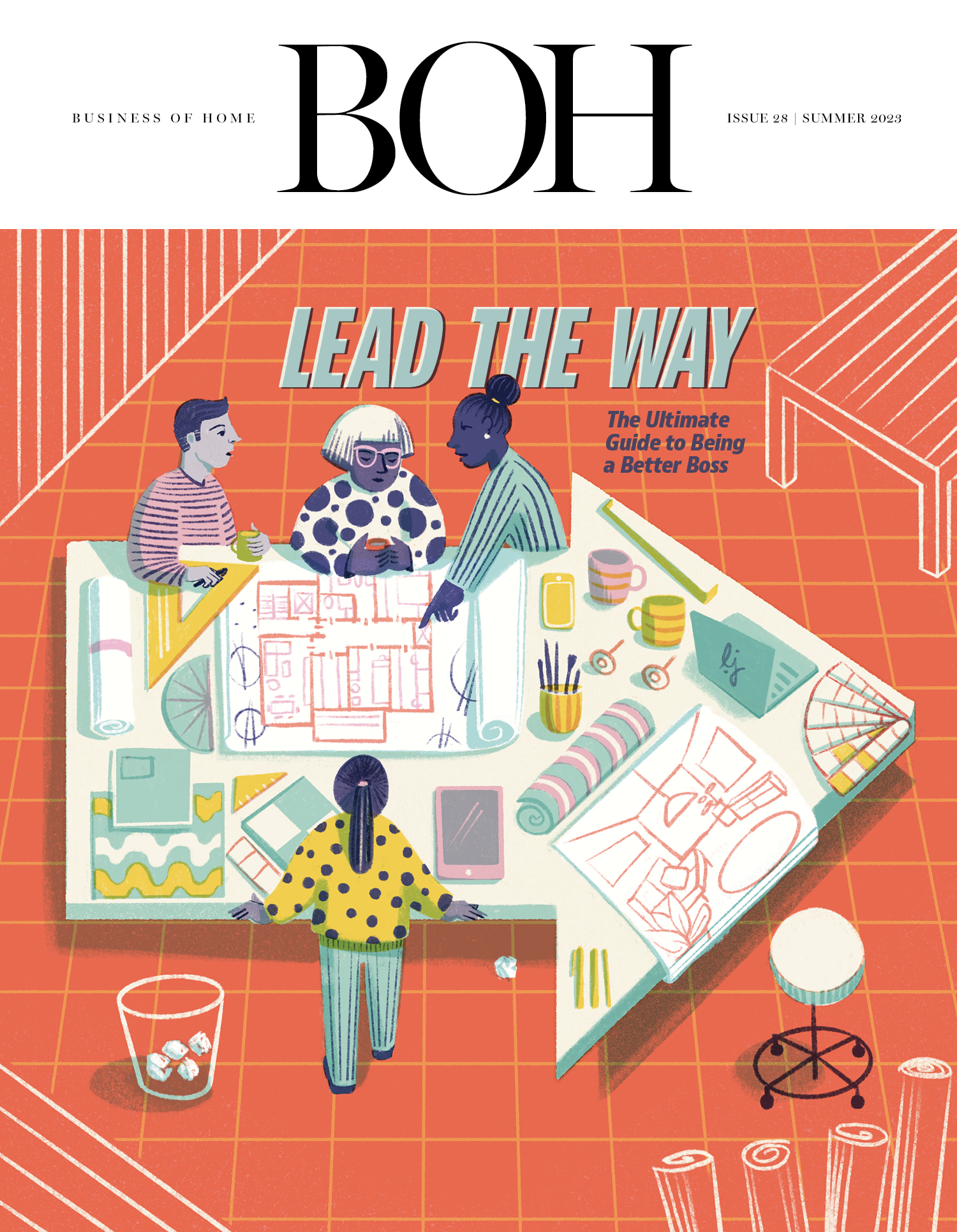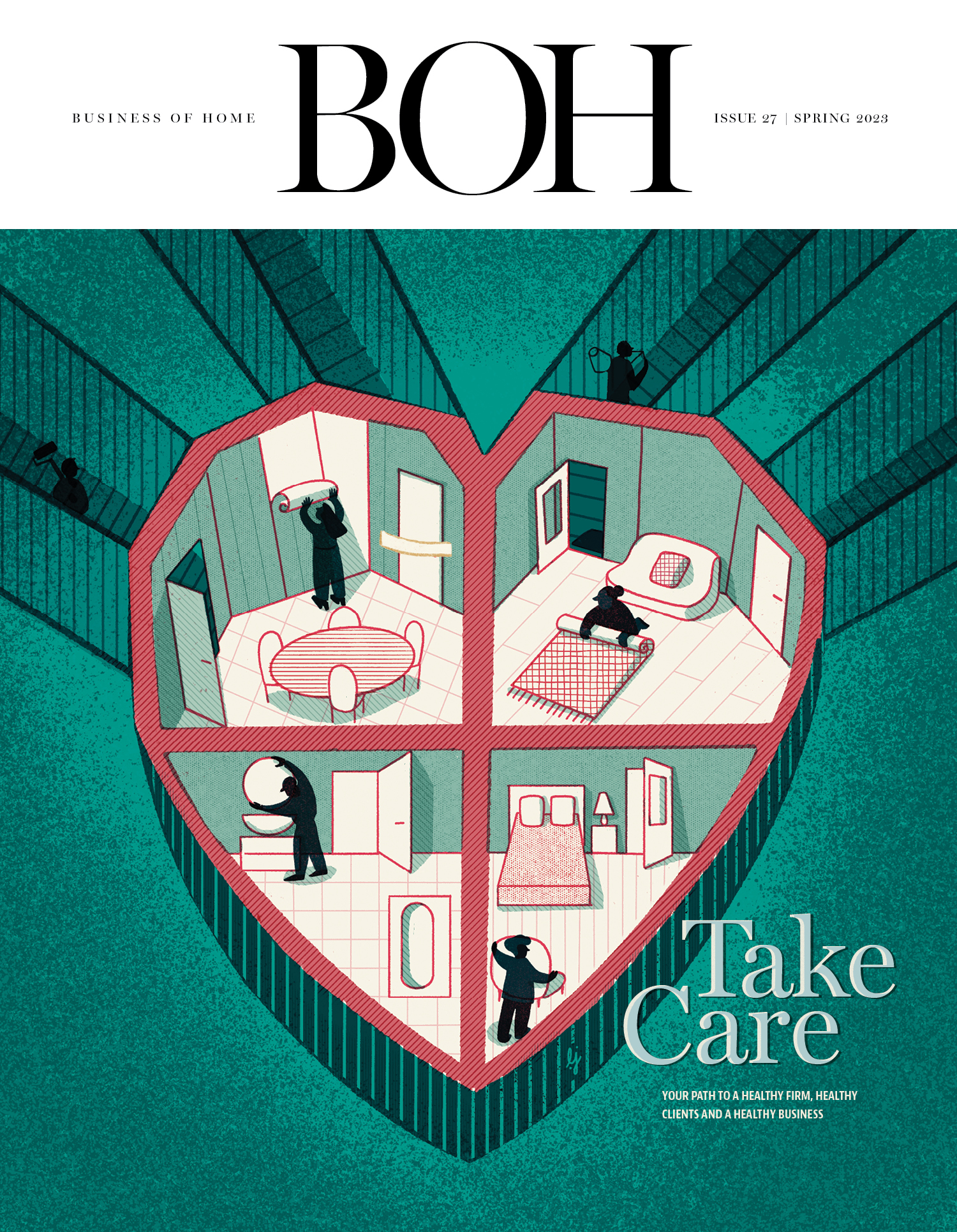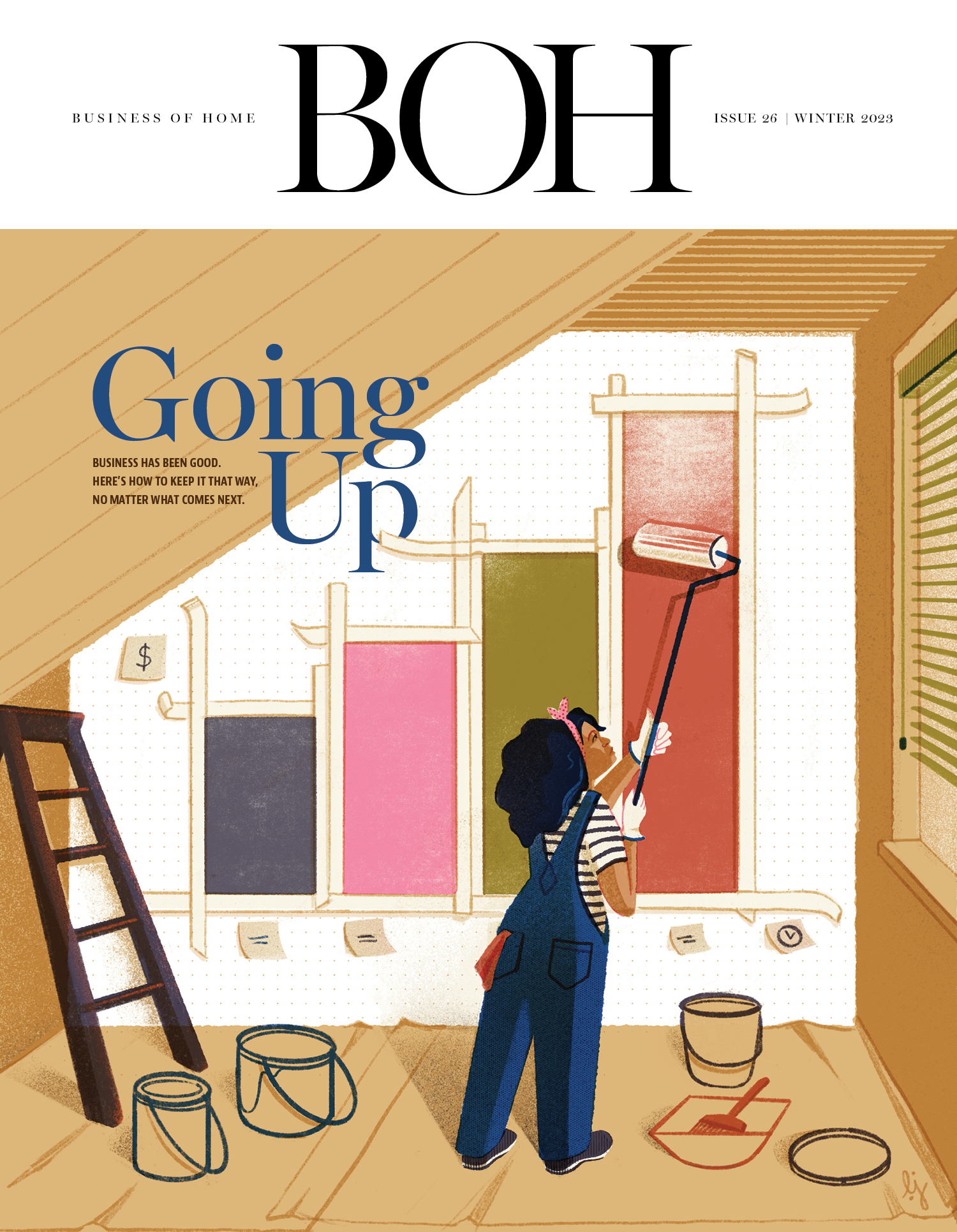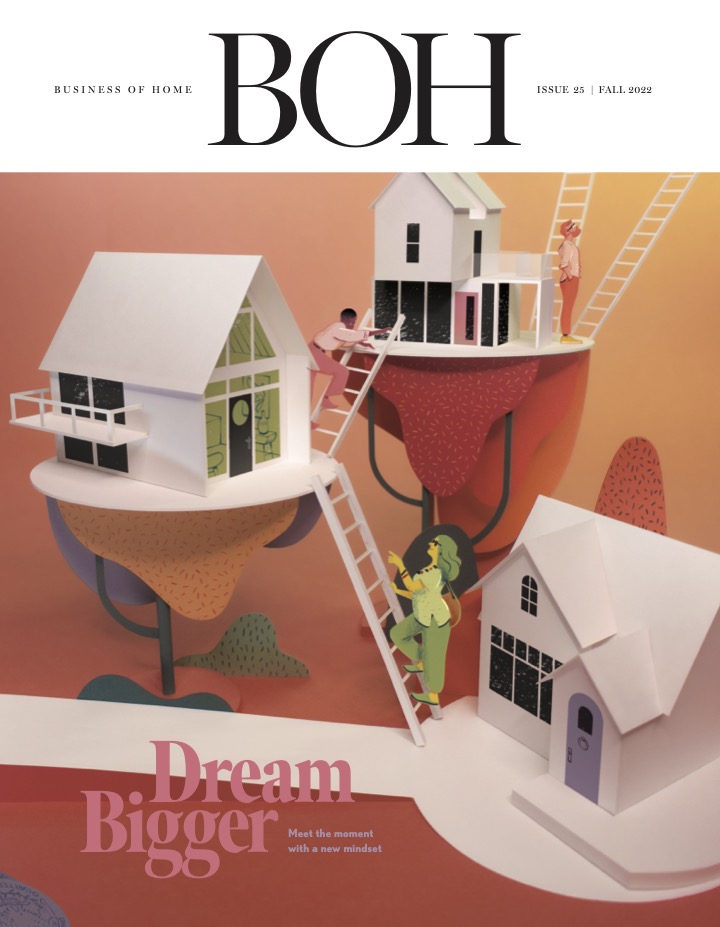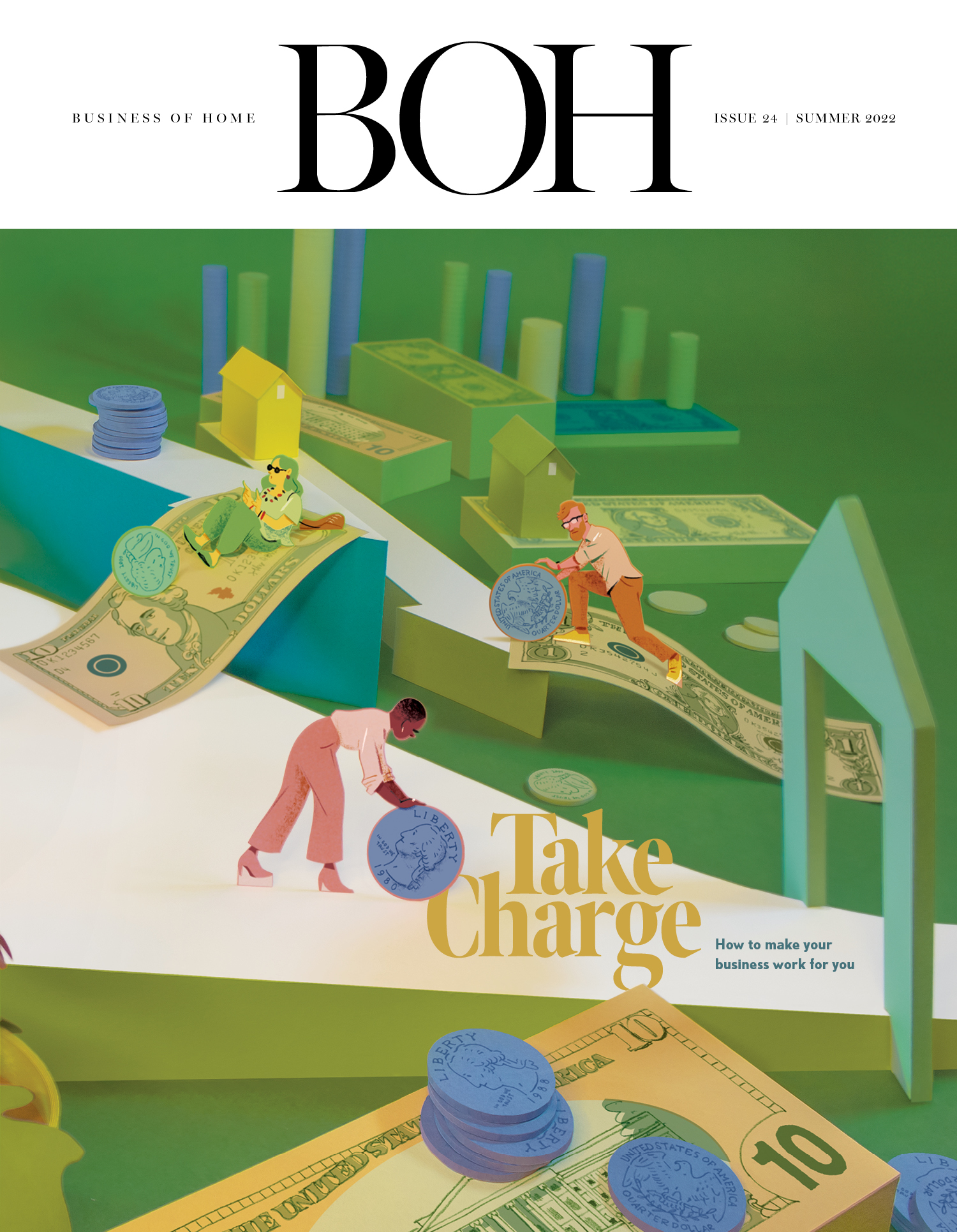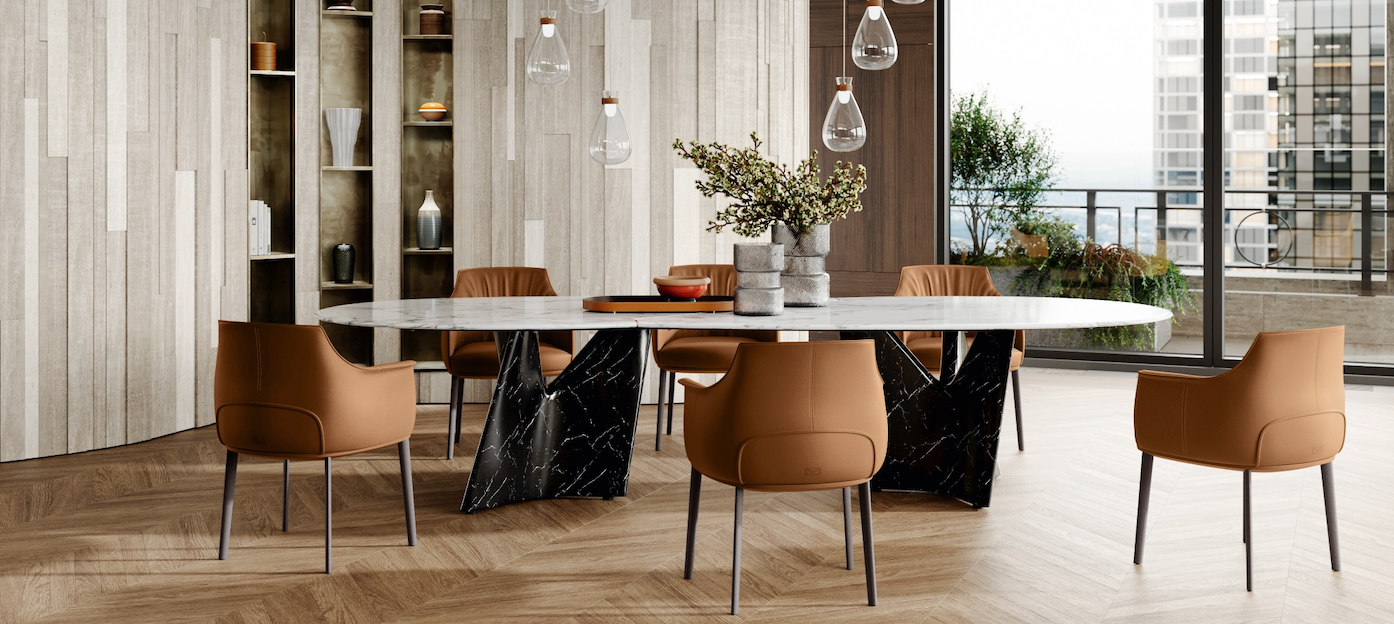Remember crypto? That two-year expanse when JPEGs were worth millions? The hype has long since died down (we’ve moved on to being terrified and/or excited about AI), but the underlying technology, the blockchain, never went away. Entrepreneurs have continued to quietly build new tools that rely on it, and we’re starting to see some novel concepts roll out in the real world—even the home world. Take Poltrona Frau, which this year plans to debut a program in collaboration with something called the Aura Blockchain Consortium.
First, some basics. At its essence, a blockchain is nothing more than a database that lives online, not unlike the web-based version of Excel. The twist is that unlike Excel, no one company controls a blockchain system—it’s powered by all of its users, so it can’t be shut down by a CEO or even a government. Another crucial point: Single users can’t simply log in and tweak whatever they want; two parties have to agree to a change. The end result is a method of online recordkeeping that can’t be easily hacked or tampered with.
Blockchain technology is what underpins all cryptocurrencies (ownership of Bitcoin is simply an entry in an online database), but there have been plenty of attempts to bring it into everything from real estate transactions to supply chain management. The concept holds a special fascination for luxury companies, which struggle to combat increasingly sophisticated knockoff artists. By linking a handbag, watch—or sofa—to an unalterable record in an online database, the thinking goes, you can offer consumers an extra token of authenticity.
Enter the Aura Blockchain Consortium. Founded in 2021 as a nonprofit and backed by luxury giants LVMH, Prada Group, Richemont and OTB Group, it provides high-end brands with a “bespoke” blockchain designed specifically for their needs. Most of the early sign-ons have been fashion houses (Maison Margiela, for example, has rolled out a line of shoes with a blockchain-connected chip embedded in the sole). Poltrona Frau was the first large-scale furniture maker to hop on board.
“One of the most important attributes of our products that allow them to remain competitive is design. And design, obviously, is tied to intellectual property. It is one of the more challenging things to defend globally,” says Leonardo Allasia, Poltrona Frau’s director of global marketing, communications and e-commerce. “Having this technology available and allowing us to give the end customer a certificate of authenticity, which is backed by an immutable database, is something that we find to be extremely interesting. [It] provides an element of reassurance.”
On May 14, savvy strategist Ericka Saurit helps designers understand where Instagram fits into a holistic marketing program—and how to employ the platform to express what makes your business unique and use content to connect emotionally with your ideal clients. Click here to learn more and remember, workshops are free for BOH Insiders.
Later this year, the Italian brand will roll out a pilot program of the technology on some of its key product lines, Vanity Fair and Archibald. When a customer buys an armchair or sofa, they’ll also get a DPP (digital product passport)—a tiny NFC (near field communication) chip likely encased in a credit-card-sized leather booklet. Putting a smartphone near the chip will call up a web-based portal that confirms the authenticity of the piece, gives users some information about the product, and provides access to an extended warranty.
There are plenty of ways this kind of authentication system can go wrong, starting with the very simple: What happens if you lose the passport or the chip is damaged? Or—projecting forward a few decades—what happens if future smartphones aren’t compatible with this kind of technology, the way it now takes a lot of effort to find out what’s on a floppy disc?
In other words, it’s not airtight. But it would be hard to argue that the system doesn’t offer more proof of authenticity than what’s currently available on the marketplace. One could imagine a world in which Poltrona Frau chairs that came with a digital passport were at least nominally more valuable than ones without—similar to how a Rolex sold with its original box and papers is worth more than a loose watch.
The plan has some ancillary benefits as well. In 2024, the European Union rolled out legislation called “Ecodesign for Sustainable Products Regulation,” or ESPR, which will soon require brands to give consumers extensive information about products’ origins, materiality and sustainability bona fides at the point of sale. Many companies will likely offer this information with a QR code pointing to a website, but Aura’s blockchain can do it too, effectively killing two birds with one stone.
It’s also simply a way for the brand to directly connect with its end customers. This will be a familiar problem for most makers of home goods, a sector where consumer brand awareness and engagement are low. By the time an armchair ends up in someone’s home, it may have passed from an importer to a retailer, and the buyer might not even know the name Poltrona Frau. Having a digital link back to the mothership is handy for users who may want care tips or questions answered.
Allasia acknowledges that blockchain technology has been through a hype-and-bust cycle, but says that luxury companies—especially in fashion—are taking the tech seriously. He believes home is next. “[Adoption] may take some time, but I think it really depends on the trend of consumer sentiment. … You’re bringing to market something completely new, [and] I think it's normal that it will take time for that idea to catch on,” he says. “But if you have consumers who shift from ‘Wow, I didn’t know about this—it seems like a nice thing to have’ to a mindset of ‘This is a must-have,’ then I think that’s when it will generate momentum, and I believe that most other companies in our category will follow suit.”



